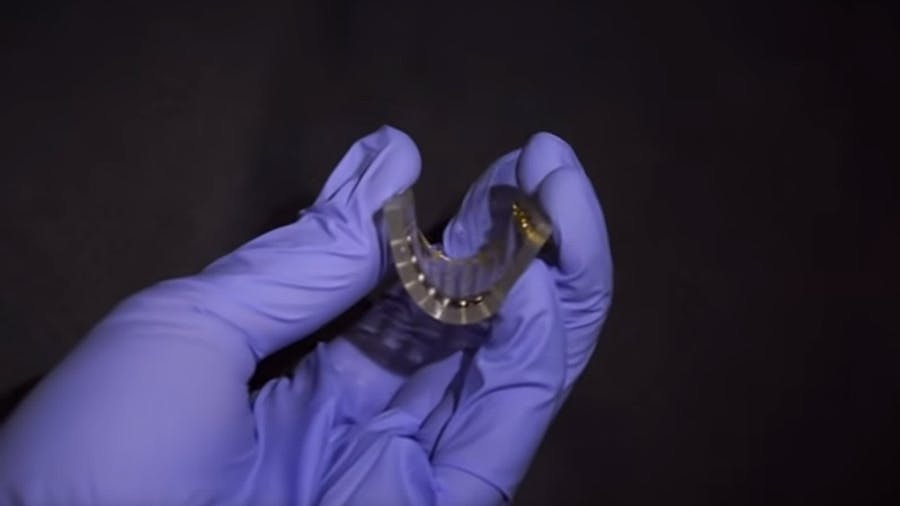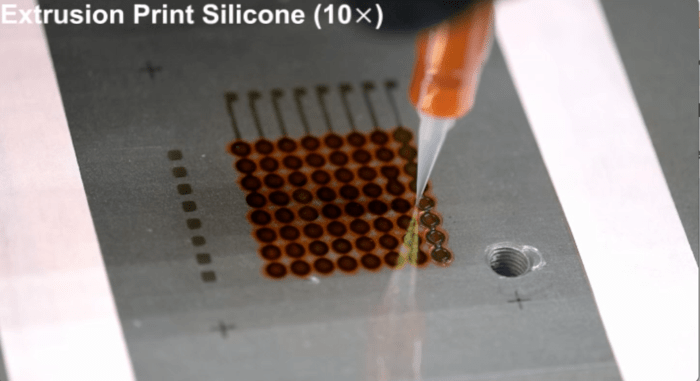Researchers at the University of Minnesota utilised a modified printer to 3D print a flexible organic light-emitting diode (OLED) display in a remarkable new study. The breakthrough could lead to low-cost OLED displays that can be mass-produced at home using 3D printers rather than by technicians in the future.
The technology behind OLED displays is based on converting energy into light via an organic material layer. As a result, OLEDs are high-quality digital displays that can be made flexible and used in both large-scale and portable electronics. In addition, OLED displays have grown in popularity due to their lightweight, low power consumption, flexible design, and high contrast ratio.

“OLED displays are usually produced in big, expensive, ultra-clean fabrication facilities,” said Michael McAlpine, a University of Minnesota Professor and the senior author of the study.
“We wanted to see if we could basically condense all of that down and print an OLED display on our table-top 3D printer, which was custom built and costs about the same as a Tesla Model S.”
The University of Minnesota research team utilised two different types of printing in this study to print the six device layers, resulting in a fully 3D-printed, flexible organic light-emitting diode display. The electrodes, interconnects, insulation, and encapsulation were all extrusion printed, while the active layers were spray printed at room temperature on the same 3D printer. The display contained 64 pixels on each side and measured1.5 inches on each side. Every pixel was functional and displayed light.
“I thought I would get something, but maybe not a fully working display,” said Ruitao Su, the first author of the study. “But then it turns out all the pixels were working, and I can display the text I designed. My first reaction was, ‘It is real!’ I was not able to sleep the whole night.”
Su added that the 3D-printed display was flexible and could be packaged in an encapsulating material, making it suitable for various applications.
“The device exhibited a relatively stable emission over the 2,000 bending cycles, suggesting that fully 3D printed OLEDs can potentially be used for important applications in soft electronics and wearable devices,” Su said.

According to the study, the next stage is to 3D print OLED panels with higher resolution and improved brightness.
“The nice part about our research is that the manufacturing is all built-in, so we’re not talking 20 years out with some ‘pie in the sky vision,” McAlpine said.
“This is something that we actually manufactured in the lab, and it is not hard to imagine that you could translate this to printing all kinds of displays ourselves at home or on the go within just a few years, on a small portable printer.”
The findings were published in Science Advances, a peer-reviewed scientific magazine published by the American Association for the Advancement of Science (AAAS).


